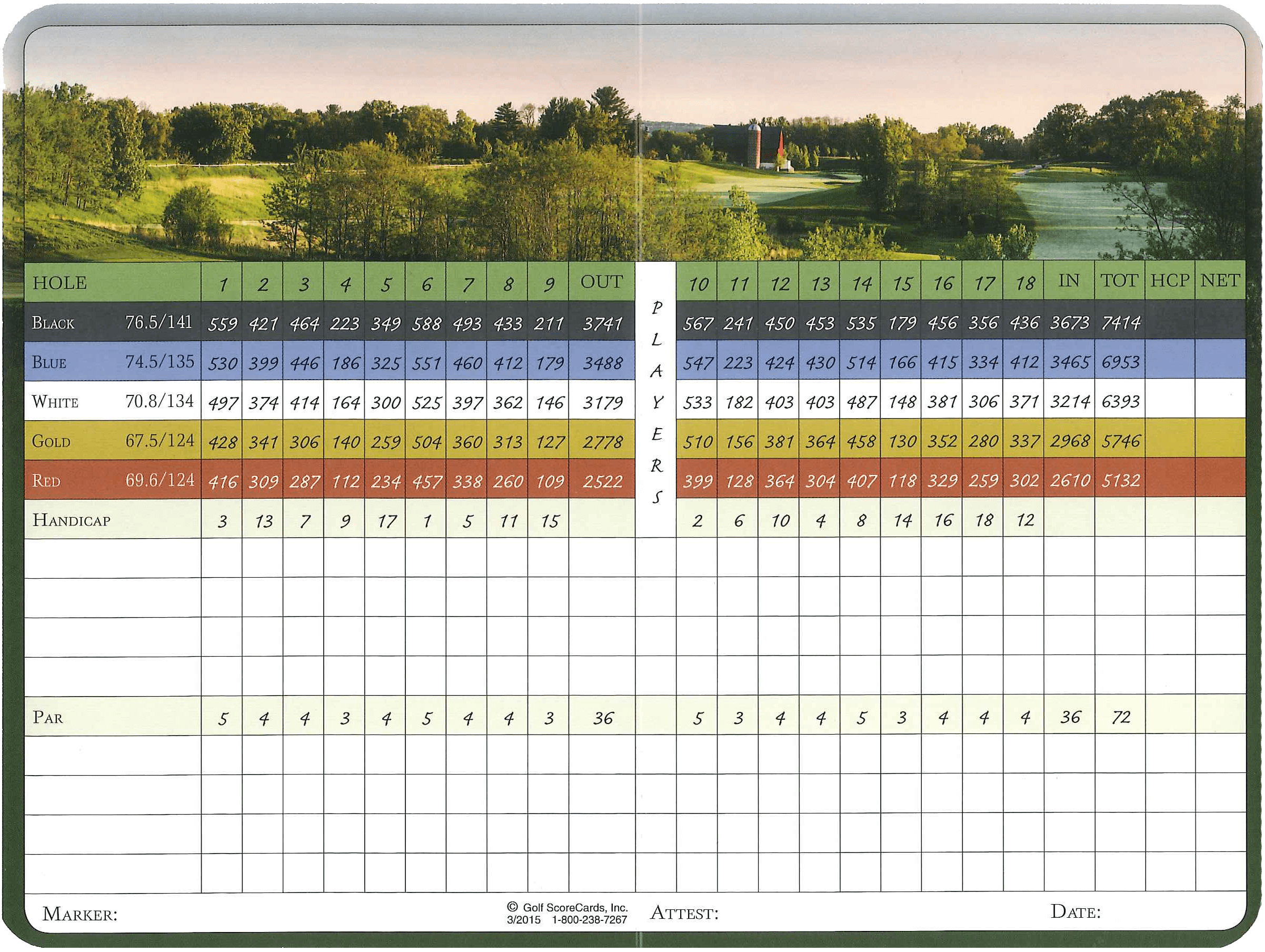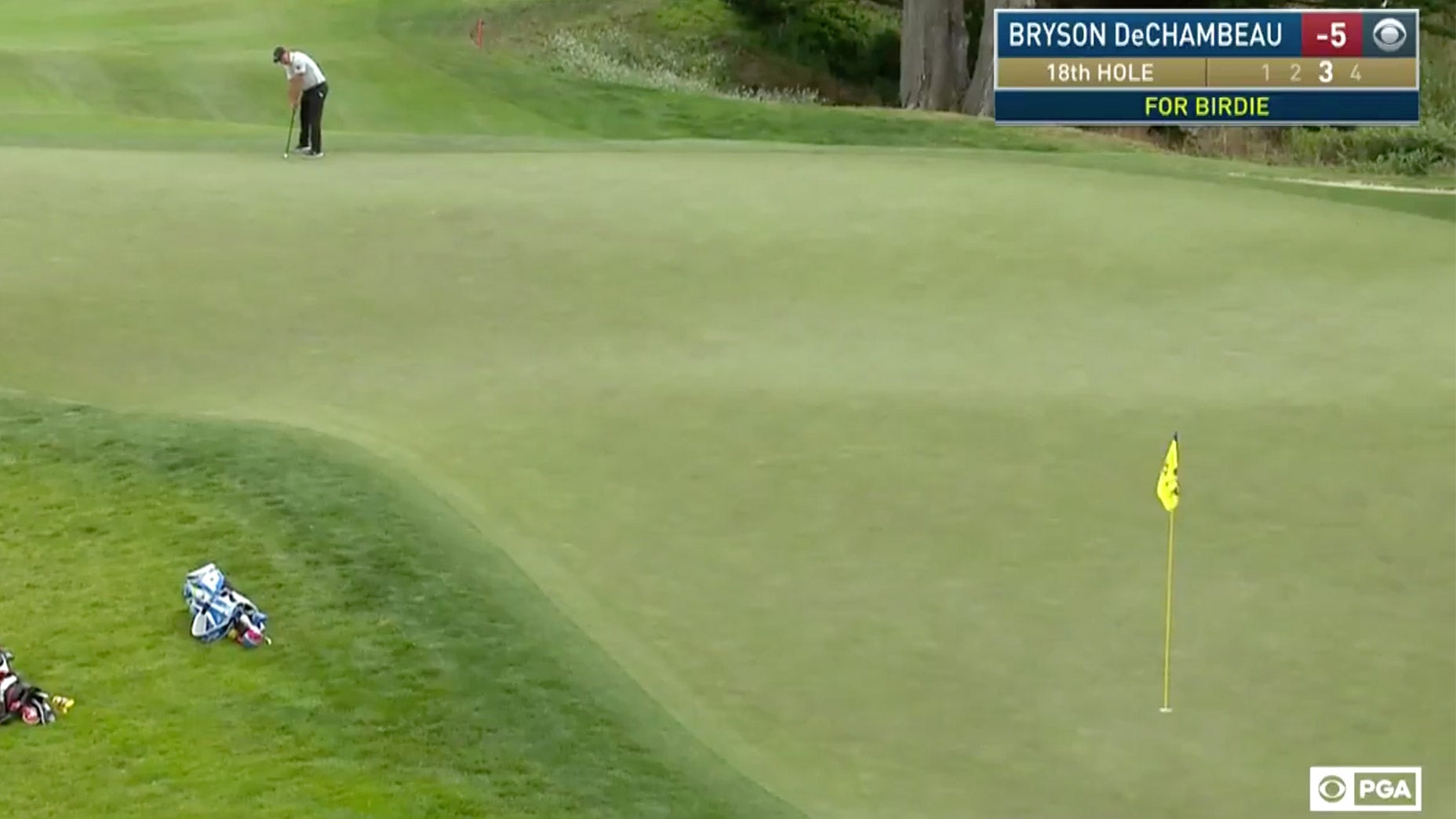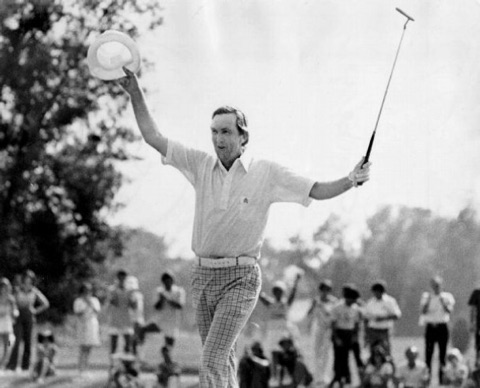Uncategorized
What Is a Birdie in Golf: Everything You Need to Know (Latest Updates)
What is a birdie in golf? For those new to the world of golf, this phrase might evoke curiosity and questions. Golf, with its distinctive lexicon, often leaves newcomers bewildered by terms like “birdie,” “par,” “eagle,” and “bogey.” Fear not, as we embark on an exploration of the golfing terminology that makes this sport both intriguing and sometimes mystifying. In this blog, we’ll unravel the mystery behind the phrase “What is a birdie in golf,” diving deep into its meaning, significance, and how it plays a pivotal role in the intricate tapestry of golf scoring.
1. Understanding Golf Scoring
In the realm of golf, where precision and strategy reign supreme, the scoring system forms the very foundation of the game. To truly comprehend the concept of “What is a birdie in golf,” you must first grasp the fundamental principles of golf scoring.
Golf courses consist of a series of holes, each assigned a designated par score—a theoretical standard number of strokes an accomplished golfer should take to complete the hole. These par scores differ from hole to hole and course to course. The player’s objective is to complete each hole in as few strokes as possible. The scoring hierarchy extends from the par score, where an accomplished golfer should meet the standard, to birdies, eagles, and even elusive holes-in-one.

Golf scoring involves tallying strokes across holes to determine performance relative to par (source: Internet).
Now that we’ve laid the groundwork for understanding golf’s scoring mechanics, let’s delve deeper into the intriguing realm of birdies and how they mark a pivotal achievement in the sport.
2. What is a Birdie in Golf: Defining “Birdie”
2.1 Definition
To reveal “What is a birdie in golf”, the term “birdie” holds a distinctive place as a mark of skill and accomplishment. A birdie is a resounding success achieved when a golfer completes a hole in fewer strokes than the designated par for that specific hole. Par, in golf, represents the standard number of strokes an adept player is expected to require to complete a hole. Therefore, when a player scores a birdie, it signifies their ability to surpass this benchmark, navigating the challenges of the hole with precision and finesse.

A birdie in golf is achieved when a player completes a hole with fewer strokes than its par score (source: Internet).
Imagine a par-4 hole where the established standard is four strokes. Should a player expertly conquer the hole in just three strokes, their achievement is heralded as a birdie. This achievement resonates as a testament to the player’s mastery, strategic approach, and execution on the course. Birdies not only contribute to a player’s overall score but also serve as delightful milestones that mark moments of triumph.
2.2 The Origin of the term “Birdie”
The intriguing term “birdie” in golf boasts an origin that harks back to the 19th century, adding a touch of historical charm to the modern sport. The story goes that the term was popularized at the prestigious Atlantic City Country Club in New Jersey. As golfers played the course in the early 1900s, they would use bird-related terms to describe their performance. It is said that a well-executed shot was often called a “bird of a shot.” Among these avian-inspired expressions, the term “birdie” caught on to signify a shot that was particularly outstanding and had the potential to result in a hole completed under par.

Atlantic City Country Club in New Jersey (source: Internet).
This link between the bird-themed expressions and golf performances became ingrained in the sport’s vocabulary, shaping its lexicon in fascinating ways. Over time, “birdie” evolved to symbolize not just a remarkable shot, but a successful completion of an entire hole with fewer strokes than the standard par score. The Atlantic City Country Club’s influence on the term’s emergence adds a nostalgic layer to the contemporary world of golf.
3. Breakdown of Birdie Scenarios
The thrill of achieving a birdie in golf and understanding what is a birdie in golf lies in the diverse array of scenarios that lead to this remarkable accomplishment. Birdies aren’t one-size-fits-all; they emerge from a range of skillful maneuvers that showcase a player’s finesse on the course.
3.1 Precision Putt
A golfer stands over a delicate downhill putt, gauging the subtle breaks on the green. With unwavering focus, they stroke the ball, watching as it tracks towards the cup. The ball catches the lip and drops in with a satisfying “plink.” A precision putt, shorter than par, is celebrated as a birdie, a testament to the player’s finesse in reading the greens and executing a stroke with just the right touch.

Precision Putt is a delicate downhill putt sinks below par, celebrating greens-reading skill (source: Internet).
3.2 Mighty Drive
On a lengthy par-4, a player addresses the ball with confidence. Their drive sails off the tee, soaring high and carrying an impressive distance. As the ball lands in prime position, much closer to the hole than anticipated, the player knows they’re in birdie territory. A mighty drive sets the stage for a strategic approach shot and a chance to sink the birdie putt.

Mighty Drive is a powerful drive lands close, teeing up an advantageous birdie opportunity (source: Internet).
3.3 Approach Excellence
Following a well-placed drive, a golfer sizes up the distance to the green. They select the right club and execute a precise approach shot that lands softly on the putting surface, mere feet from the hole. The proximity to the pin gives them a clear birdie opportunity. Approach excellence showcases a player’s ability to assess conditions, execute a controlled shot, and set up a favorable position for a successful putt.

Approach excellence is a precise approach shot sets up a short putt for a rewarding birdie (source: Internet).
3.4 Bunker Brilliance
Caught in a greenside bunker, a golfer faces a challenging shot with a high lip and a short distance to the hole. Undeterred, they choose the right club, take a confident swing, and watch as the ball arcs over the lip and lands softly on the green. The ball rolls towards the hole, setting up a short putt for birdie. Bunker brilliance demonstrates skill in navigating tough lies and executing under pressure.

Bunker Brilliance is a skillful bunker escape leads to a strategic birdie chance (source: Internet).
3.5 Chip-In
From just off the green, a player takes out their wedge and assesses the shot. With a deft swing, they chip the ball perfectly, watching it bounce and roll towards the hole. The ball takes an unexpected break and disappears into the cup. The crowd erupts in cheers as the chip-in results in an extraordinary birdie, highlighting the player’s ability to create magic from challenging positions.

Chip-In is a skillful chip lands directly in the hole, securing a remarkable birdie (source: Internet).
3.6 Long Putt Conversion
Facing a lengthy putt on a large undulating green, a golfer reads the slope and calculates the speed. With a smooth stroke, they send the ball rolling, watching it track towards the hole. The ball seems to gather momentum as it nears the cup, and to everyone’s amazement, it drops in. A long putt conversion for birdie showcases a player’s touch and feel for distance control, turning a challenging situation into triumph.

A lengthy putt defies odds, dropping in for an unexpected birdie (source: Internet).
3.7 Eagle Near-Miss
On a par-5 hole, a golfer’s drive and second shot have set up an eagle opportunity, two strokes under par. Their approach shot lands close to the hole, leaving a short putt for eagle. Although the eagle putt misses by a whisker, the tap-in for birdie is celebrated. An eagle near-miss still results in a positive outcome, highlighting the player’s exceptional play on the hole.

A close to eagle, tap-in birdie showcases impressive play (source: Internet).
3.8 Par-3 Precision
On a par-3 hole, a player’s tee shot is struck with precision, sending the ball on a direct trajectory towards the pin. The ball lands on the green and rolls towards the hole, stopping just inches away. The accurate tee shot and subsequent putt result in a birdie on the par-3, showcasing the player’s ability to capitalize on scoring opportunities.

Tee shot lands near the pin, yielding a satisfying par-3 birdie (source: Internet).
3.9 Greenside Magic
Faced with a challenging lie just off the green, a golfer selects a lofted wedge and envisions their shot. With a touch of finesse, they execute a shot that lands softly and checks, rolling towards the hole. The ball nestles close to the cup, setting up an easy birdie putt. Greenside magic highlights a player’s creativity and touch around the greens, turning a difficult situation into a birdie opportunity.

A creative shot near the hole from a tough spot translates to a greenside birdie (source: Internet).
4. Counting Birdies with Utmost Precision
Counting birdies accurately is vital to tracking your golf progress effectively and understanding “what is a birdie in golf”.
In the game of golf, accurately counting birdies is more than just keeping score—it’s a reflection of your skill and progress on the course. Whether you’re a seasoned golfer or a beginner, mastering the art of counting birdies with precision is essential. Here’s how you can do it:
- Know the Course: Familiarize yourself with each hole’s par value. Understanding the par for each hole helps you determine how many strokes you need for a birdie.
- Clear Documentation: Keep a well-organized scorecard. Use a scorecard with dedicated spaces for each hole’s score and mark down the number of strokes for your birdie.
- Marking System: Use a distinctive symbol or color to mark birdies on your scorecard. This helps you spot your achievements at a glance.
- Confirmation: Confirm birdies with playing partners. It’s not only an etiquette but also a way to ensure accuracy in recording birdies.
- Account for Handicap: If you’re playing with a handicap, adjust your birdie count accordingly. For instance, if your handicap is two, achieving a birdie on a par-4 means you shot one stroke below your adjusted par.
- Digital Tools: Golf apps and GPS devices can help track birdies digitally, providing a reliable and automated way to record your achievements.
- Celebrate with Caution: While celebrating a birdie is thrilling, make sure you’ve accurately recorded it before sharing your accomplishment.
Counting birdies with precision isn’t just about maintaining accurate records; it’s about acknowledging your progress and celebrating your success.
5. Impressive Birdie records in the world
5.1 Jack Nicklaus – The Golden Bear’s Birdie Feat
Golf legend Jack Nicklaus holds an impressive record with 10 birdies in a single round at the 1980 U.S. Open. Known for his strategic play, Nicklaus showcased unparalleled accuracy and consistency, conquering the challenging Baltusrol Golf Club course. This remarkable achievement demonstrated his mastery over the game and solidified his status as one of the all-time greats.

The Golden Bear’s record: 10 birdies at the 1980 U.S. Open showcased his brilliance (source: Internet).
5.2 Annika Sörenstam – The Dominance of Birdies
In 2001, Annika Sörenstam left her mark on the LPGA Tour by recording 26 birdies over four rounds at the Standard Register PING tournament. Her breathtaking display of shot-making and putting prowess showcased her unmatched skill on the course, setting a benchmark for excellence in women’s golf.

Dominance displayed by Annika Sörenstam, recording 26 birdies at the 2001 Standard Register PING (source: Internet).
5.3 Al Geiberger – The Original Mr. 59
Al Geiberger earned the moniker “Mr. 59” after becoming the first player in PGA Tour history to shoot a round of 59 in 1977. His remarkable achievement at the Danny Thomas Memphis Classic featured an astonishing 11 birdies and an eagle. Geiberger’s record-breaking feat showcased his exceptional ball-striking and marked a watershed moment in golf history.

Original Mr. 59, Al Geiberger, shot 59 in 1977 with 11 birdies and an eagle (source: Internet).
6. Conclusion
Each birdie serves as a testament to your skill, precision, and unwavering passion for the game. Through accurate counting and meticulous record-keeping, you not only track your progress but also celebrate the moments that define your journey on the course. From understanding diverse birdie scenarios to embracing the art of counting with finesse, you’ve embarked on a path that enriches your golfing experience.
As you continue to seek the thrill of those exceptional shots and triumphant putts, remember that every birdie you count is a chapter in your golf story, adding depth and significance to the question, “What is a birdie in golf?”
For further golf insights and knowledge, explore Golfbiz’s blog and take your appreciation for the game to new heights.

